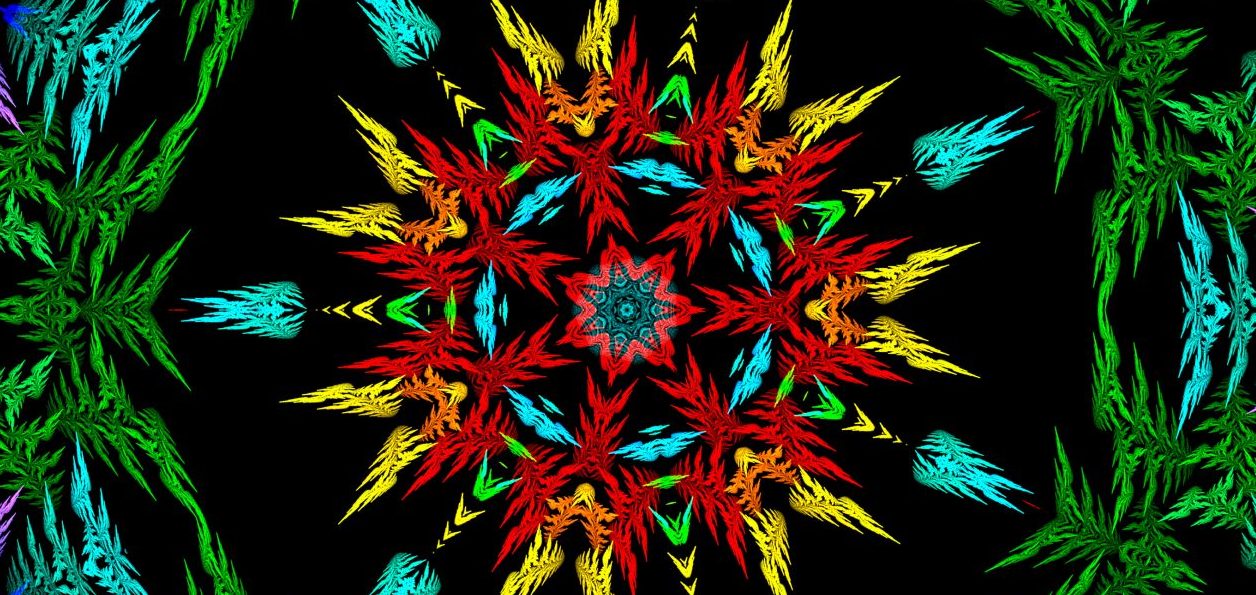Dance
As this was the final week, we were to record our dances that had been prepared over the last few weeks. This week was different as both sections become one because of a lack of students in both sections. This meant that we had to learn each others dance steps, this took some time but eventually we were ready to record. After the dance had been recorded we looked at assessment systems that the children could use for self-assessment, and that the teacher could use for pupil assessment. The system used 3 stars and a wish and we were also shown a list of aspects to look for when assessing children’s dancing.
The skills developed throughout this input are as follows:
- Performing
- Collaborating
- Evaluating
Next steps from this input are to look further into assessment techniques for both the children and the teacher. Also to use these assessment techniques to critically analyse the dance routines and where things went well/bad.
Music
Learning to play an instrument can be great fun, and make the classroom environment more enjoyable. This week we were looking at playing the ukulele using different resources from moodle. The input was self-led as the lecturer was off ill, so we relied on the materials she had put on moodle to support us in learning more about the ukulele. On moodle there was a video for tuning the instrument and different pieces of music that we could play. I enjoyed this activity as I would love to have an instrument that I can randomly use in a classroom.
The skills developed throughout this input are as follows:
- Listening
- Practical
- Performing
Next steps from this input are to practice what I have learned about playing the ukulele and researching ways that I can use this knowledge in the classroom to enhance the children’s experiences.
The Link
This weeks link was that the inputs were allowing us to realise our potential and how capable we are at doing things we thought we could never do. In dance, we created all the moves for the dance routines by ourselves with no input from the lecturer. In music we taught ourselves how to play simple tunes on the ukulele, which is no easy feat.
Teaching Dance
Teaching children how to effectively evaluate themselves and others is imperative. It means that they can feel proud when they are told that they are doing well and that they themselves pick up on their ability. It also allows them to improve their skills and abilities as they are critically analysing which bits they could do better.
Barriers to teaching dance in this format would be commitment from the teacher and the children to see through the whole process of planning, creating, practising, implementing and assessing a dance. Also lack of confidence from the teacher about how to assess children can act as a barrier too.
Teaching Music
Practical music skills, for me are the best, and children love getting the opportunity to handle and play instruments. So teaching them how to play an instrument can be a great joy, especially when you see the progress they are making. “Through music, learners have rich opportunities to be creative and to experience inspiration and enjoyment” (Scottish Government, 2004, p.67). Music also allows children to excel in other areas, such as their syntax levels, social, emotional and behavioural development, creativity, flexible and critical thinking and motor skills (Hallam, 2010).
Barriers to teaching music in this format would be resources. If schools do not have the funds to buy instruments then the children miss out on the opportunities to explore and create. They also miss out on the chance to develop in the areas mentioned above.
Issues
The biggest issue nowadays with teaching the arts is the affects of the attainment challenge in schools. The attainment focuses on improving activity and achievement in literacy, numeracy and health and well being (Scottish Government, 2017). This means the £750 million that have been pumped into the Attainment Scotland Fund are being spent solely on improving the three ‘key’ areas of numeracy, literacy and health and well being (Scottish Government, 2017). This means that the arts and other areas of the STEAM curriculum suffer and children do not get to experience and develop within these curricular areas. From all the benefits that the arts can have, it’s a shame that they miss out on the opportunity to participate because of lack of funding and the view that the arts are not important. Teaching the arts to children is something I feel very strongly about and hopefully I will be able to bring children the joy that the arts can give them!
References
Hallam, S. (2010) International Journal of Music Education. [Module Resource] Available: http://moodle.uws.ac.uk/pluginfile.php/109377/mod_resource/content/2/International%20Journal%20of%20Music%20Education-2010-Hallam-269-89.pdf [Accessed: 17 December 2017].
Scottish Government. (2004) Curriculum for Excellence: Experiences and Outcomes. [Online] Available:https://www.education.gov.scot/Documents/all-experiences-and-outcomes.pdf [Accessed: 17 December 2017].
Scottish Government. (2017) The Scottish Attainment Challenge. [Online] Available: http://www.gov.scot/Topics/Education/Schools/Raisingeducationalattainment [Accessed: 17 December 2017].


